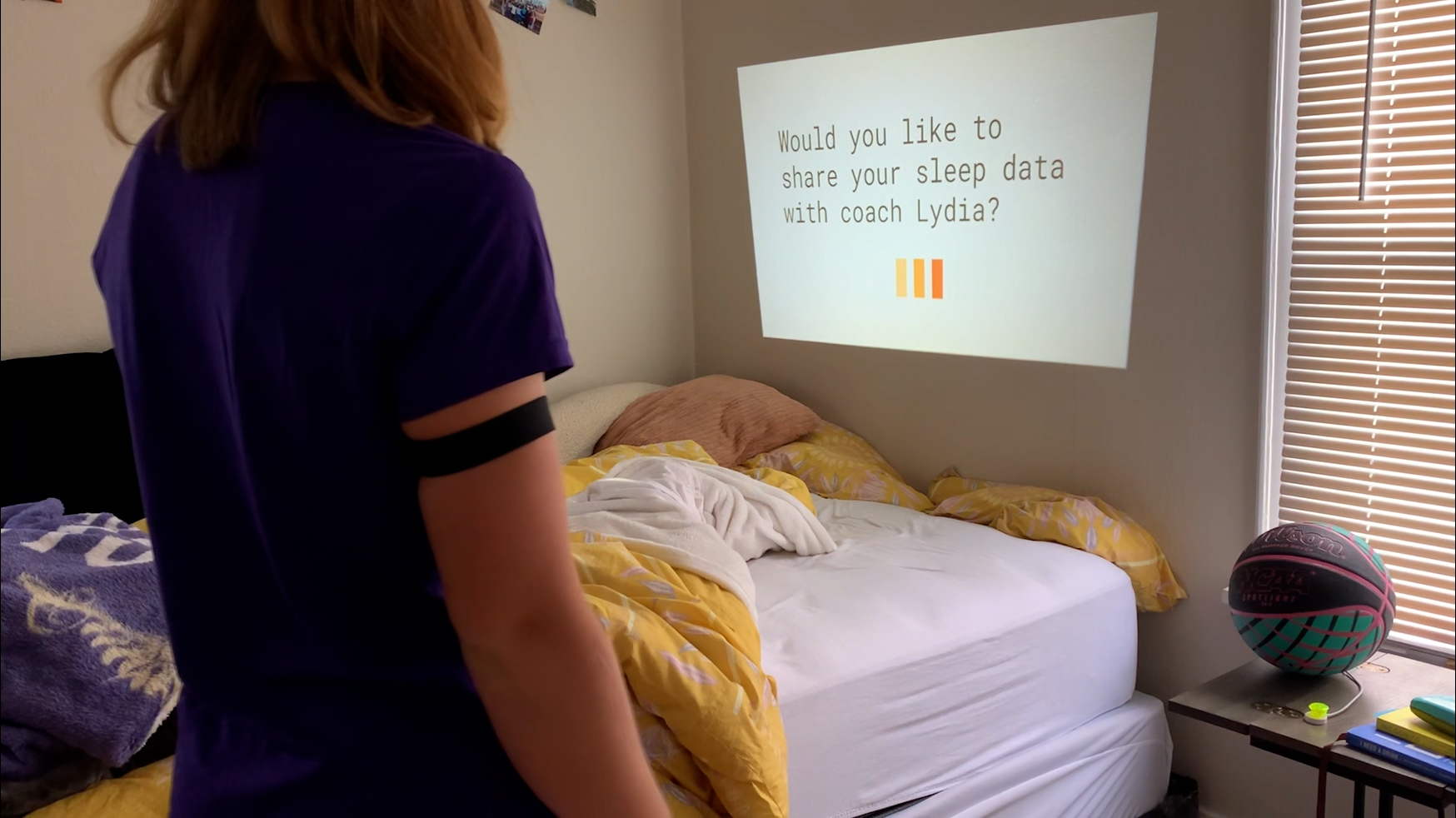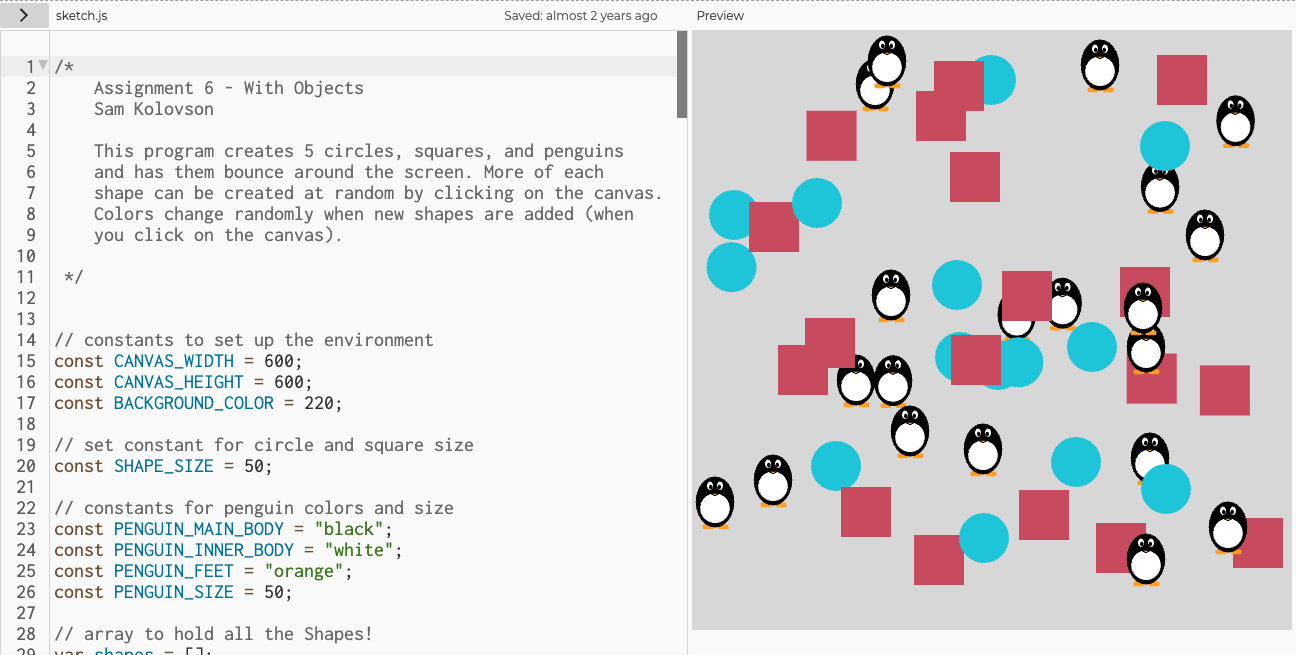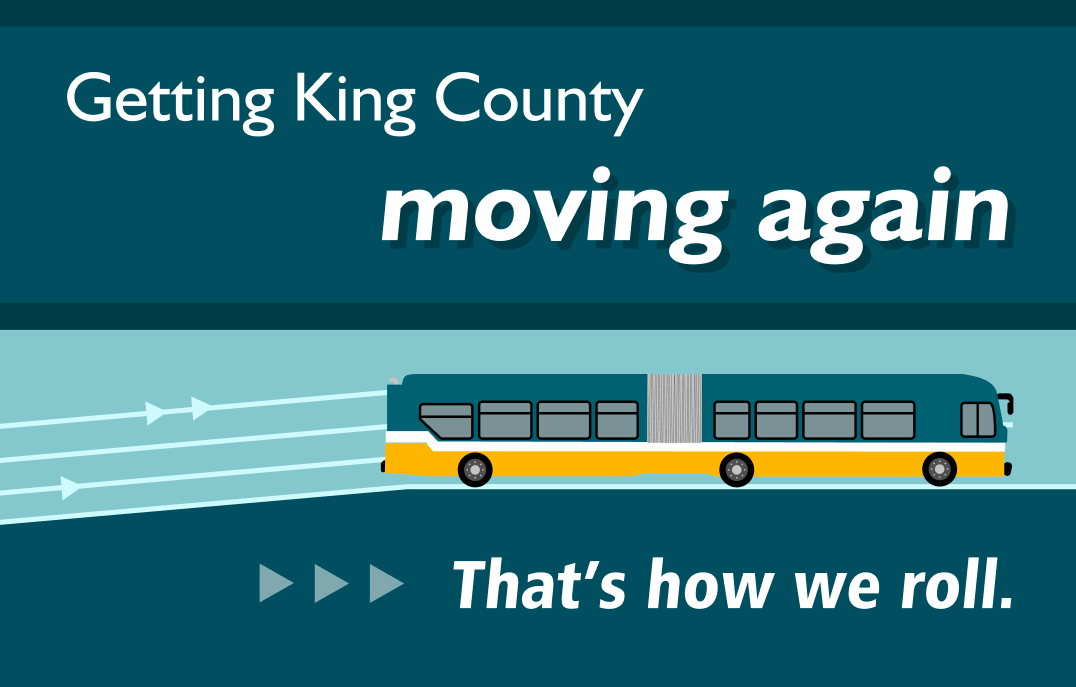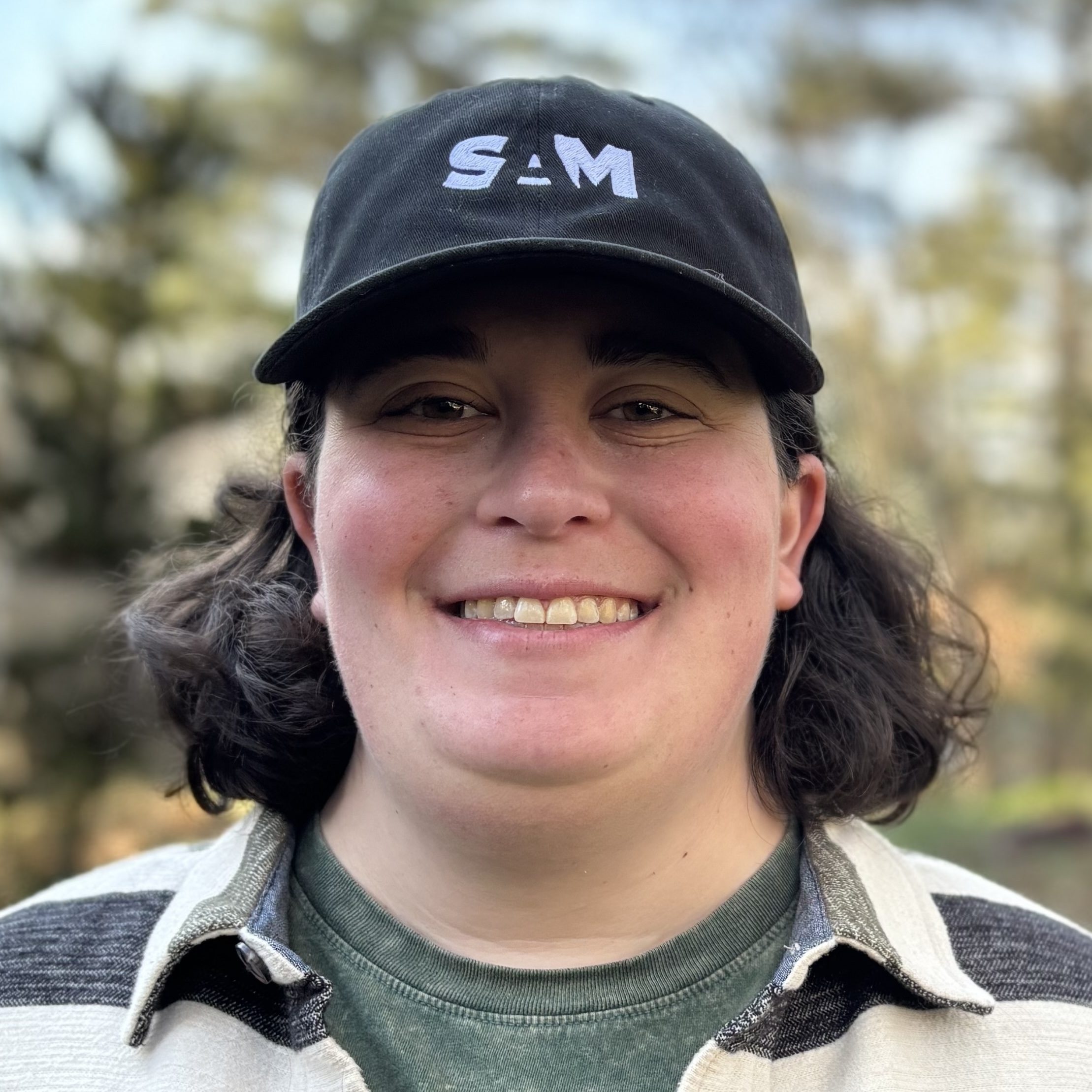Teaching
I have 6+ years of teaching experience as an instructor and TA for Master's and undergraduate students.
Video Prototyping (HCDE 526)
Introduced students to using video as a design tool. Lectured on storytelling and how it relates to design, the history of video and video prototypes, and speculative design. Delivered live demonstrations on Adobe Premiere and video techniques. Structured peer critique sessions and provided students with critique to help them improve their storytelling, design, and video production and editing. Revised course materials from the previous years based on student feedback and organized guest lectures so students could gain additional perspectives on the course content.
Fall 2023 | Spring 2023 | Spring 2022

Intro to Programming (HCDE 524)
Taught introductory programming concepts to master’s students with little to no prior programming experience. Concepts included: variables, conditionals, functions, parameters, loops, arrays, and objects. I planned and delivered live programming demos to the class in p5.js and coordinated with course graders to support students in debugging their code, mastering the concepts covered, improving code style and readability, and accomplishing their goals within and beyond course objectives.
Fall 2020 (Virtual, 20 students) | Fall 2021 (2 sections, 40 students)

HCDE Capstone Courses
In the winter of 2021, I was a teaching assistant for both the undergraduate and master's capstone courses. During this quarter I assisted the capstone teams in planning their projects, developing their ideas, and beginning to conduct research. In the spring of 2021, I continued as a teaching assistant for the undergraduate course where I worked more closely to guide four teams through their capstone project.
HCDE Capstone Project Directory
Winter 2021 (Virtual, 2 sections, 80 students) | Spring 2021 (Virtual, 40 students)

HCDE 519: Qualitative Methods
In the spring 2019 quarter, I worked with Elin Björling as a teaching assistant for her HCDE masters qualitative methods course. In this course we guided HCDE masters students in understanding different qualitative methodological approaches and methods, and how to design a qualitative study, especially choosing the right methodology and methods for their project.
Spring 2019 (40 students)

UX Design: The Game for You
In the summer of 2018, I taught my first course as the primary instructor for UX Design: The Game for You, a course that is part of the Robinson Center Summer Stretch Program. The Robinson Center and this program is geared towards highly capable young pre-college and college students. Thus, while my students were 15 years old, I taught similar material to that taught at a college level. Over this five week intensive course, students learned the UX design process in the context of board game design. Each week was devoted to a different part of the process. In week one, we started by understanding our context, game design. Then, in week two, we conducted user research, followed by ideation, sketching and prototyping in week three. Finally in weeks four and five, the students iterated on their games before their final presentations on the last day. As part of the class we also had a programming bootcamp day where the students learned p5.js and Git, and we took a field trip downtown to Amazon. All lectures were designed from scratch. Insipration for journal reflection and homework assignments came from Pierre Delcourt, the previous instructor for this course.
Summer 2018

TECHIIN 511: Fabrication and Physical Prototyping
In the first iteration of this course for the new Global Innovation Exchange (GIX) Program in Bellevue, WA, I assisted Brock Craft in running peer reviews during class and assessing the student's work. The focus of this course was on the process of designing and prototyping in 2D and 3D, which means we emphasized iterating on design instead of creating a perfect design. Despite having no prior experience with designing in 2D and 3D, my background in CS, HCI, and HCDE was useful in emphasizing the need to "fail early and often" in the design process. Additionally, by the end of the quarter I had developed competency in Adobe Illustrator and laser cutting.
Spring 2018

Intro to Programming (HCDE 524)
Andy Davidson and I worked to create a two-credit curriculum for this course that would teach 35 students basic programming concepts (variables, conditionals, functiions, parameters, loops, and arrrays) in 10 weeks. Students were taught to program in p5.js, a JavaScript library of the language Processing. These languages were specifically developed to make coding accessible for beginningers, a main goal of this course. The course included six assignments that reinforced each of these six concepts. Students were always encouraged to be creative with the assignments and the final project was completely open-ended, though students were encouraged to as much as they could of what they learned. Though the students had a range of programming experience, the purpose of a slow pace was to give students a solid grounding in basic concepts so that they could continue learning on their own after the course. Also, for some students, this course helped them better understand the challenges developers face.
Please check out the students work in the links below!
Class Resources F17 Assignments W18 Assignments
Fall 2017 | Winter 2018
